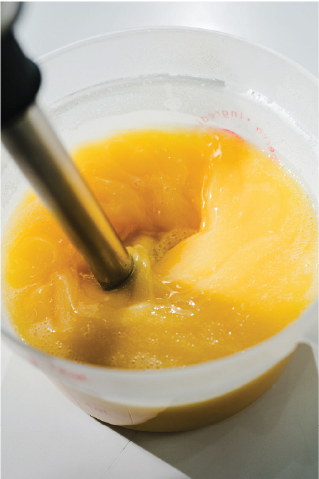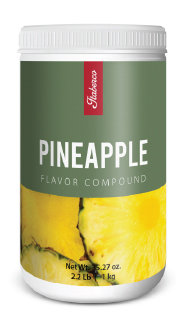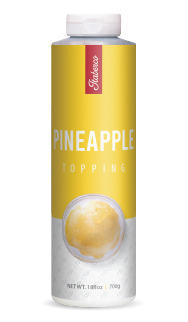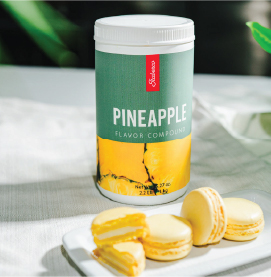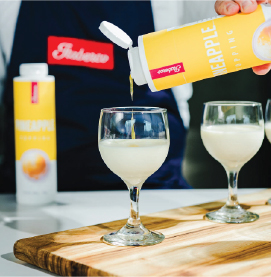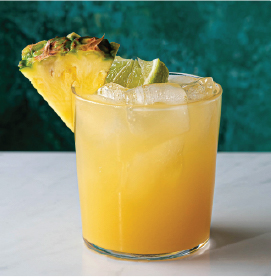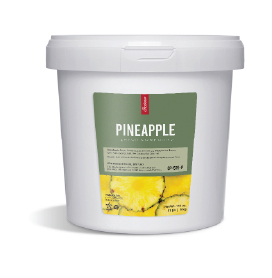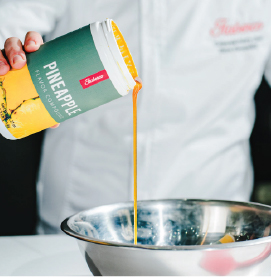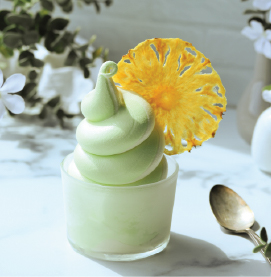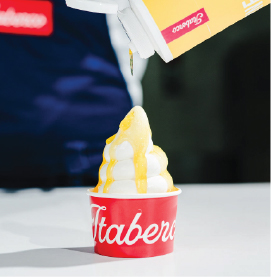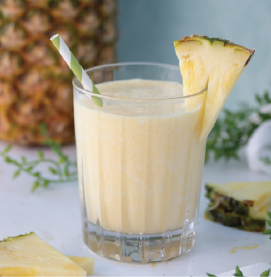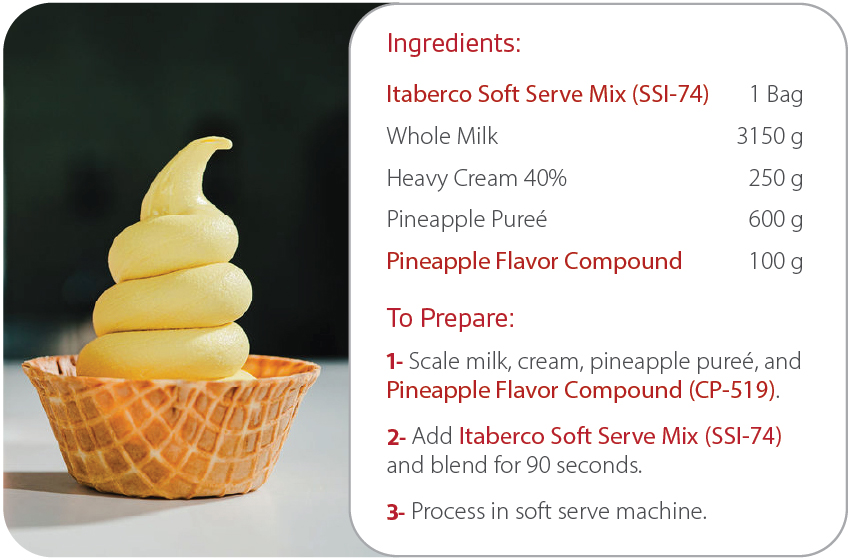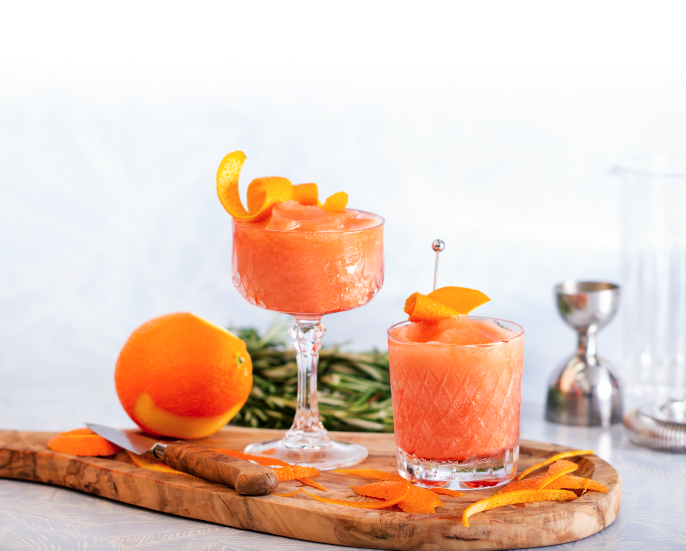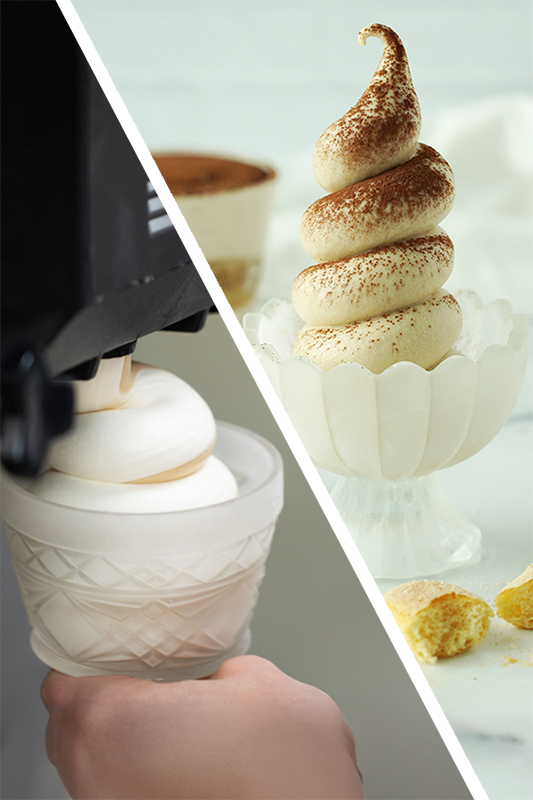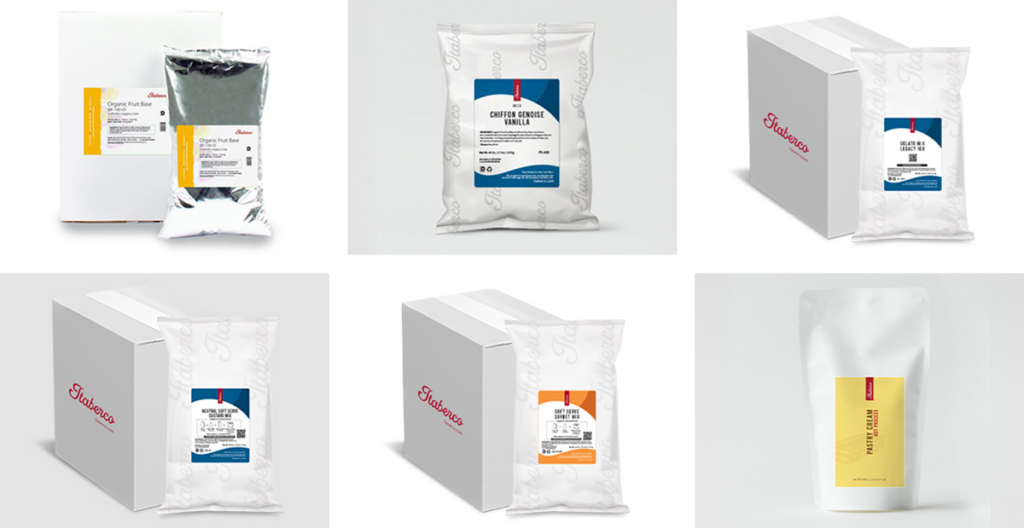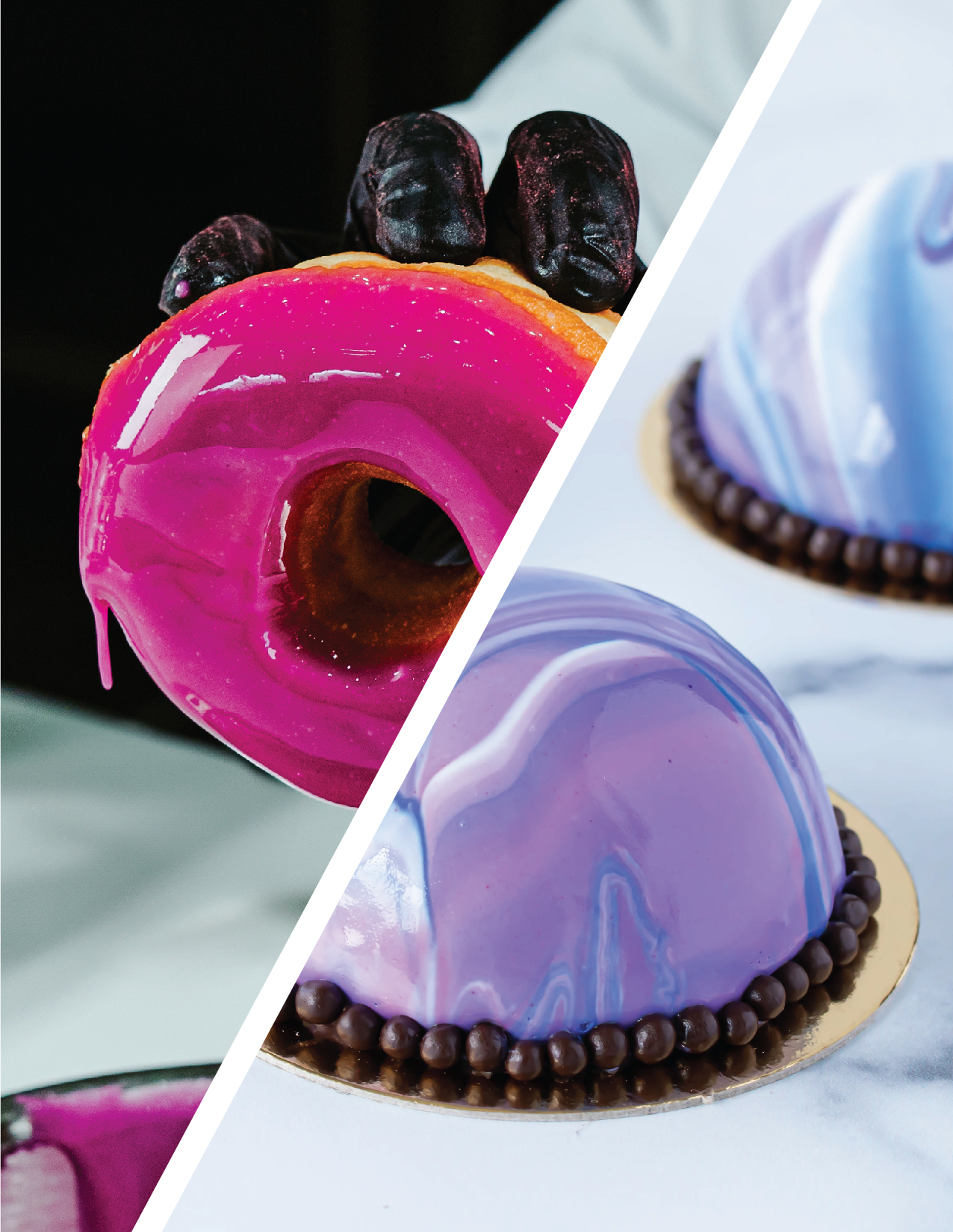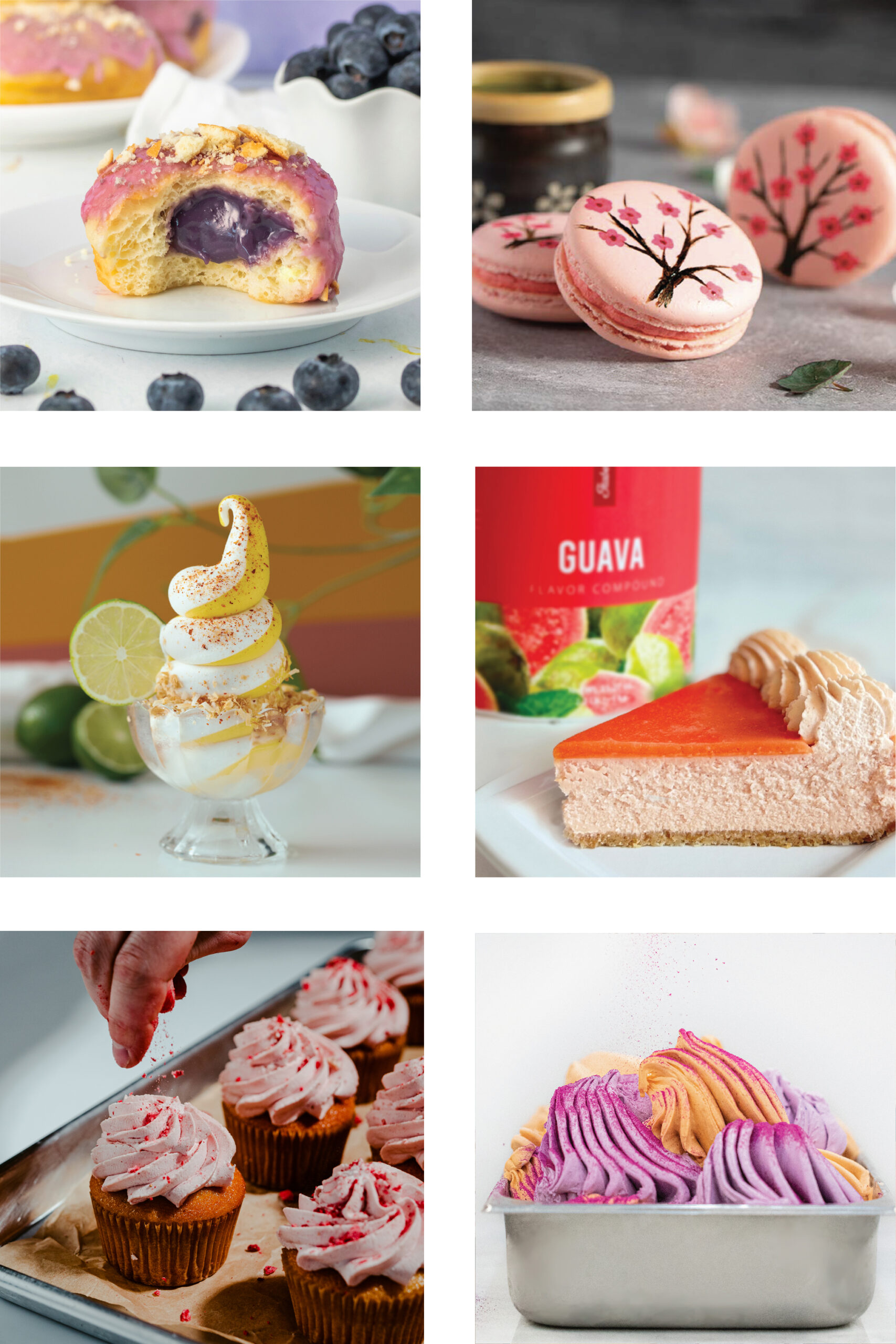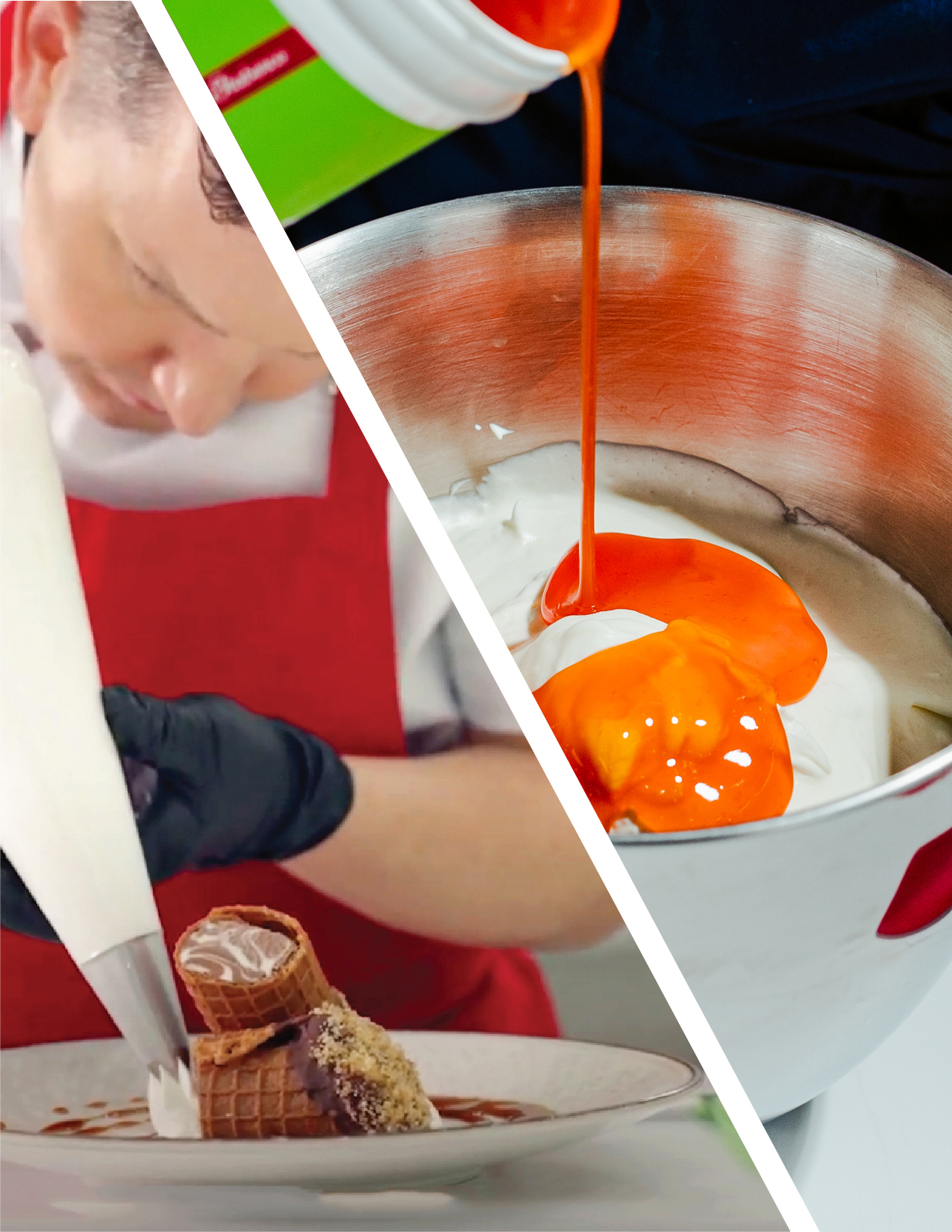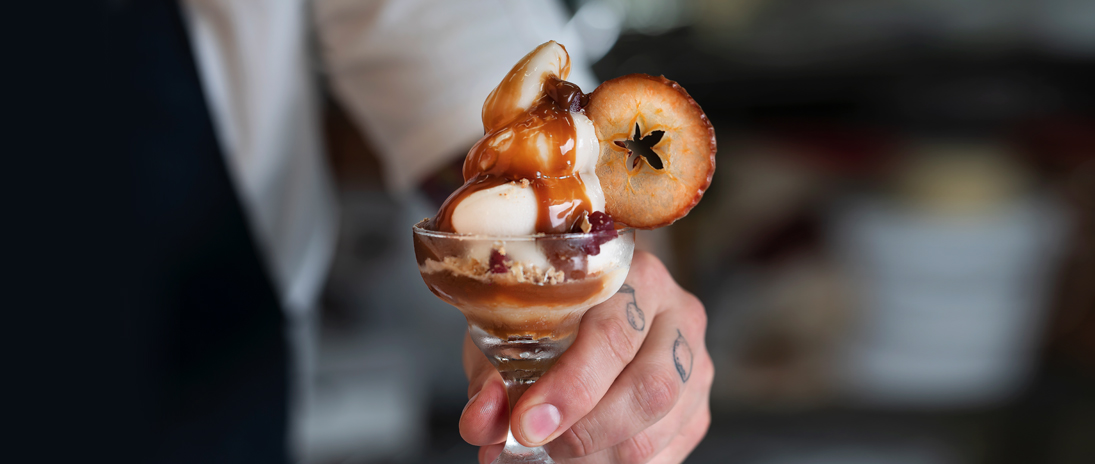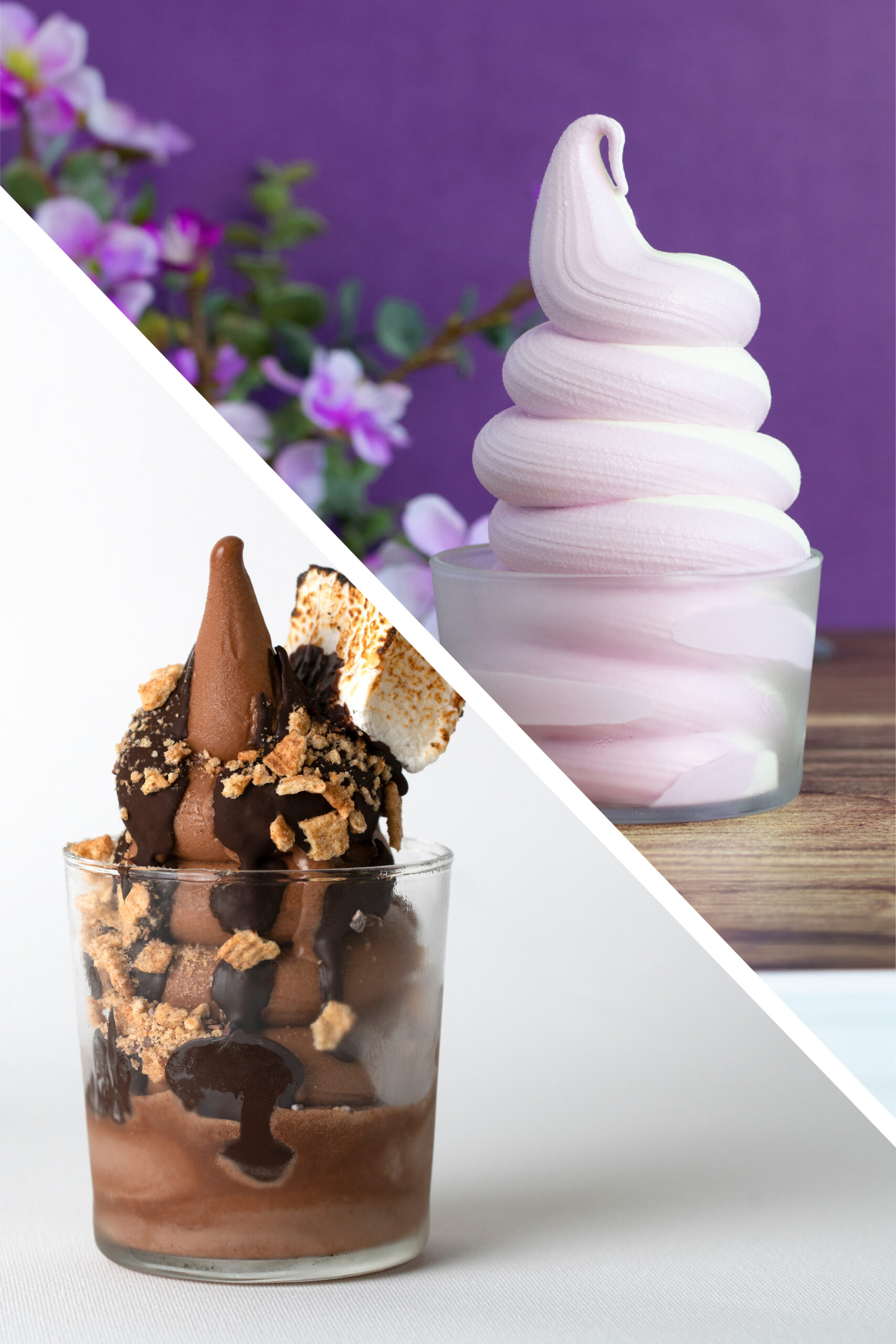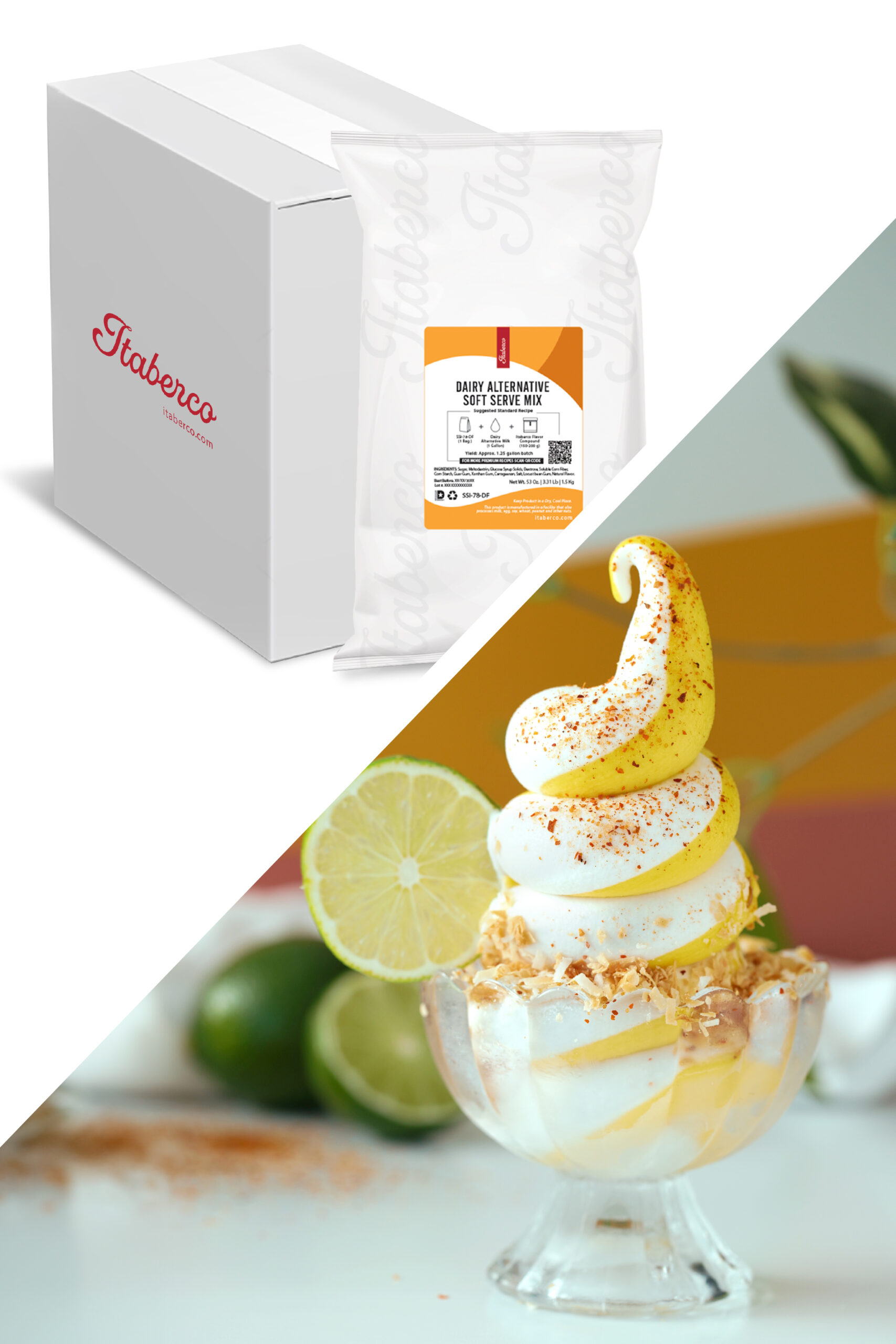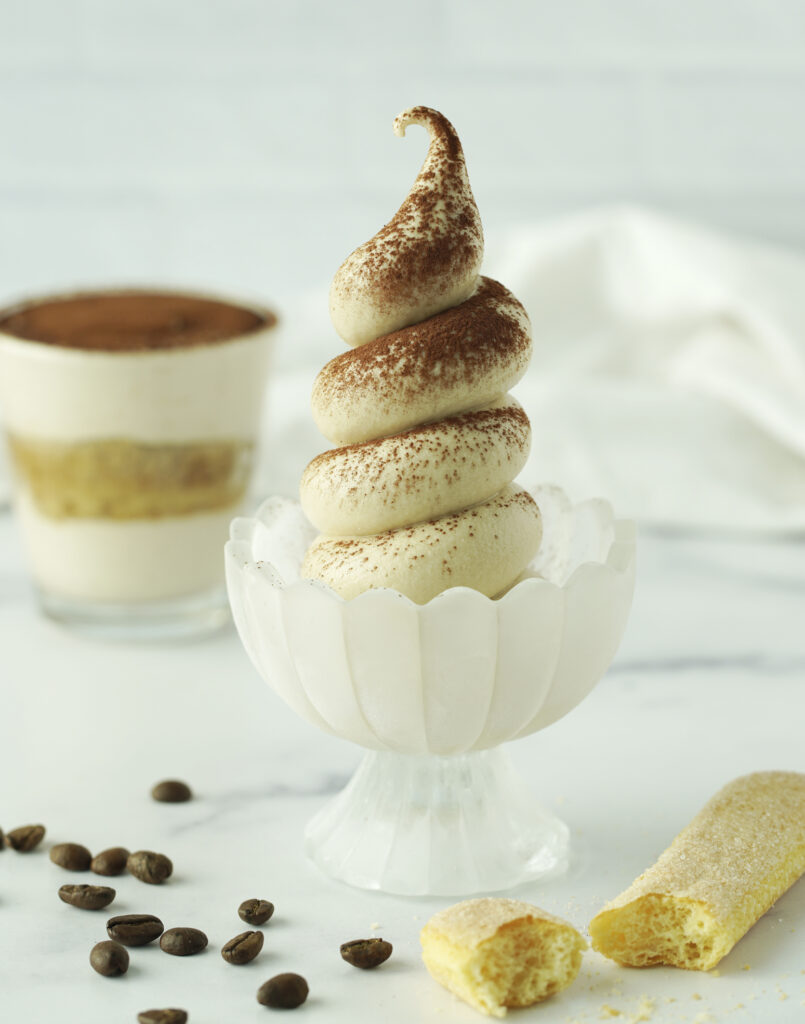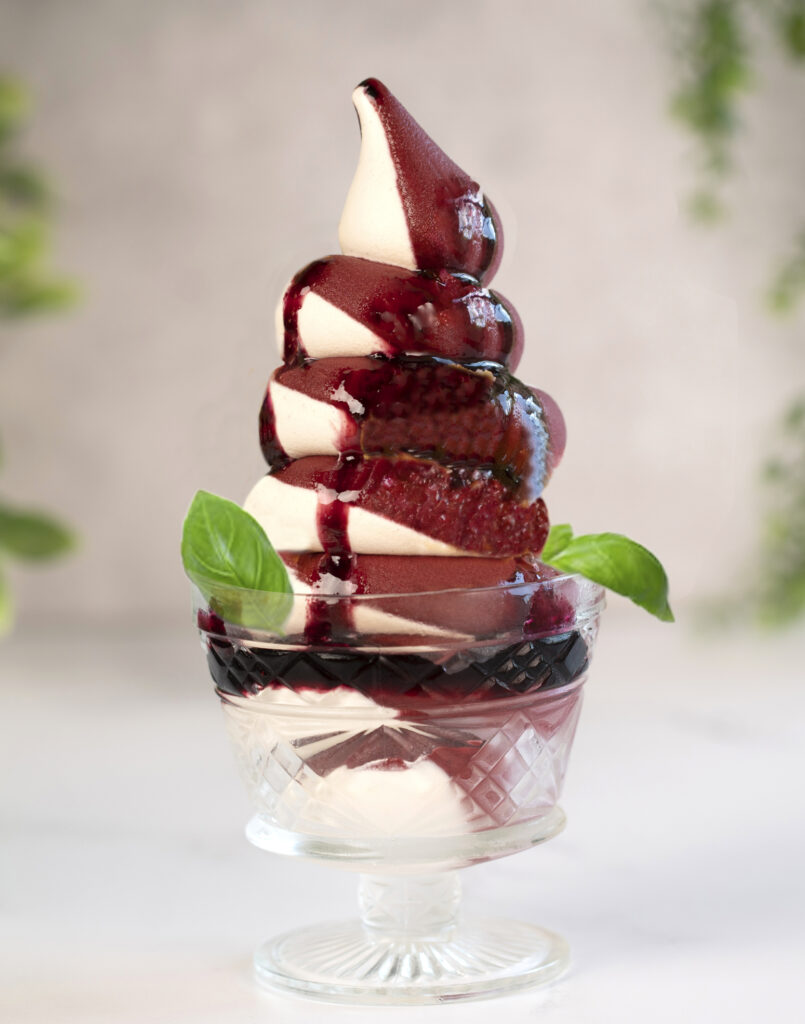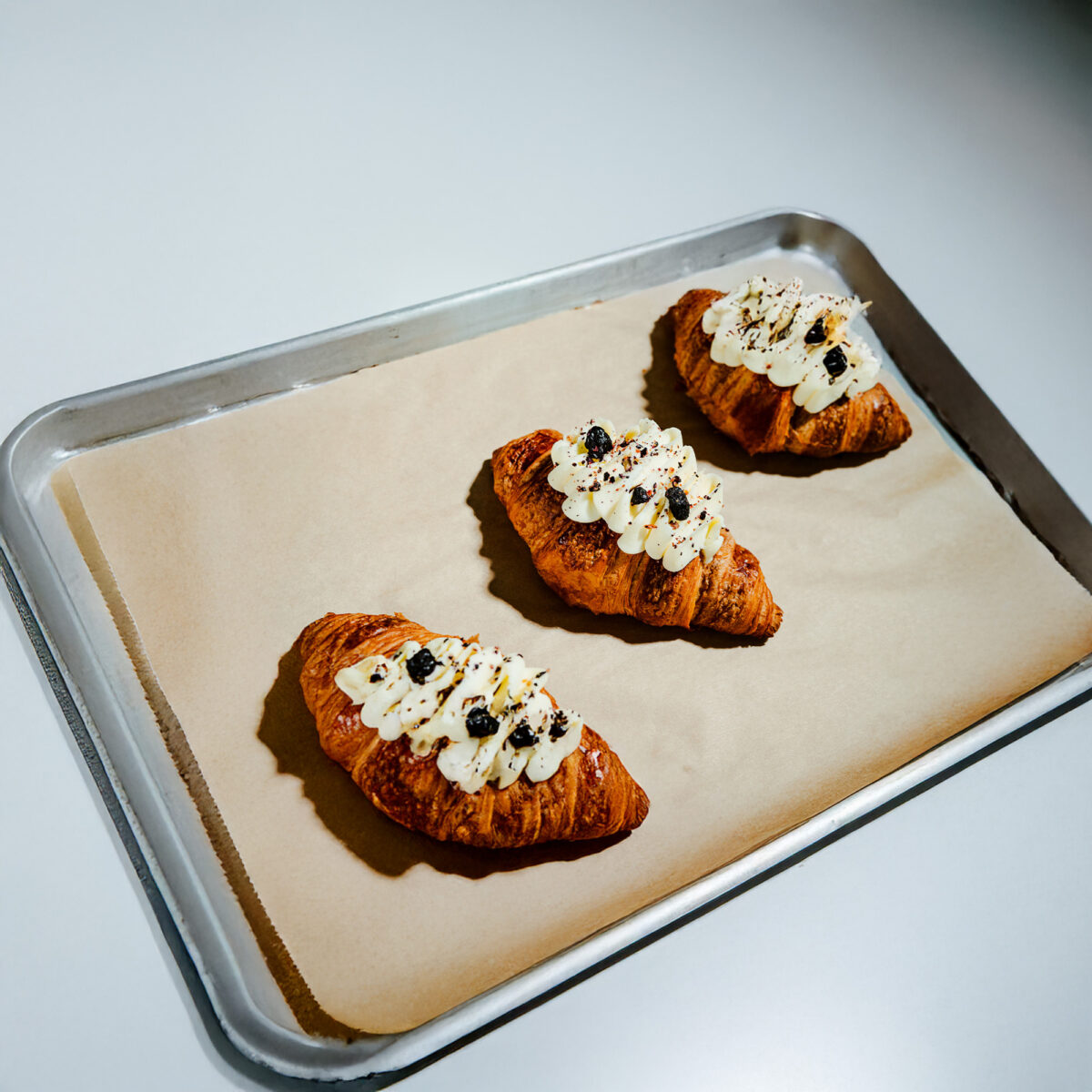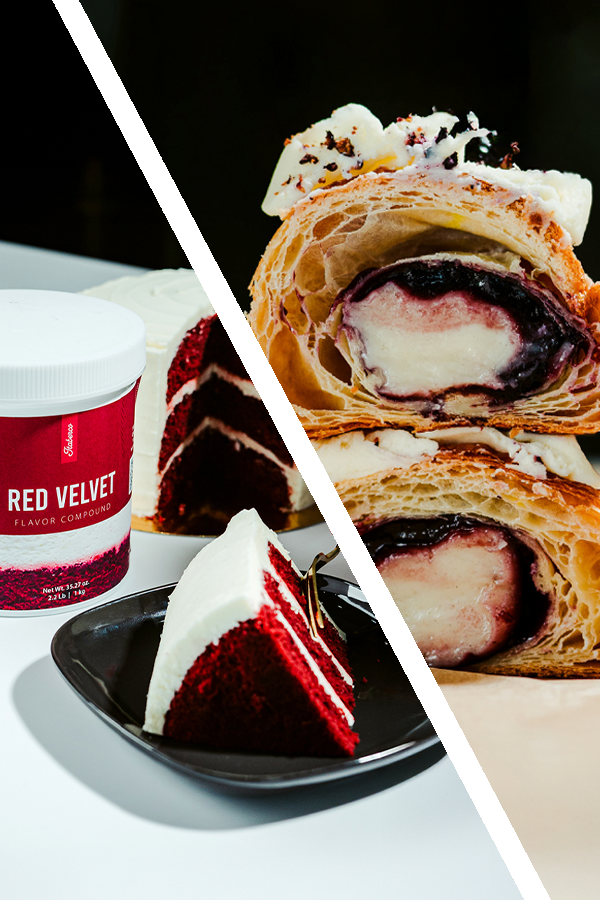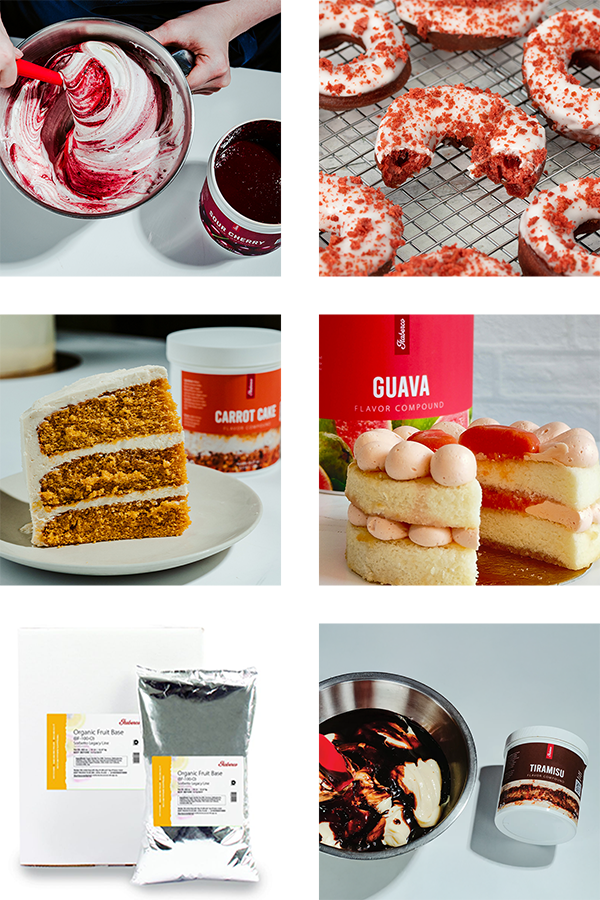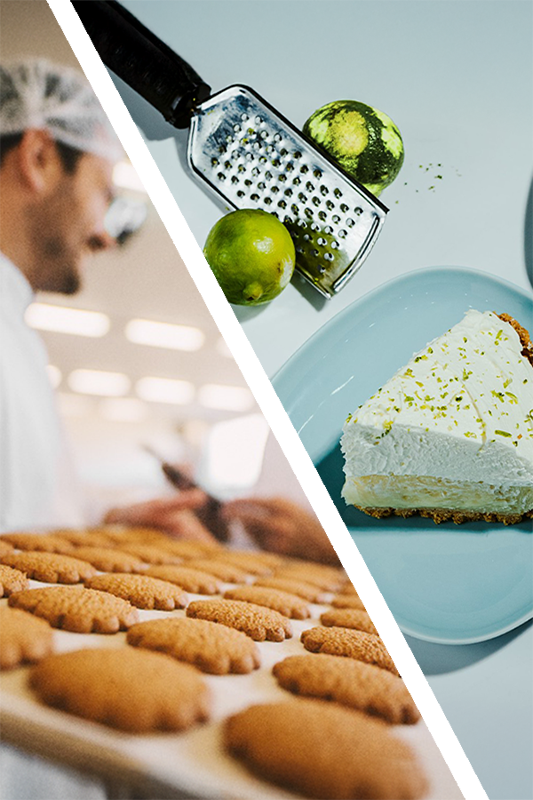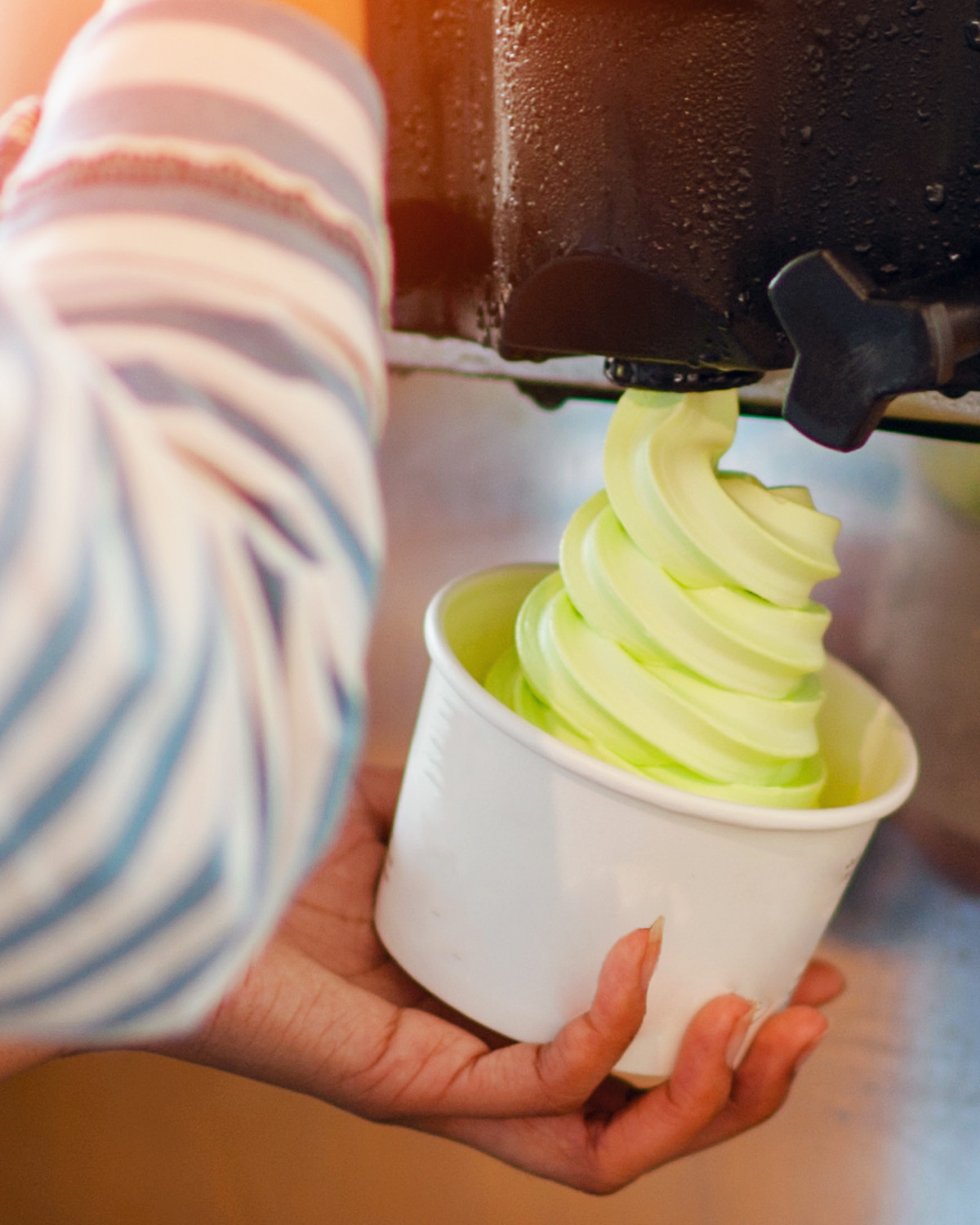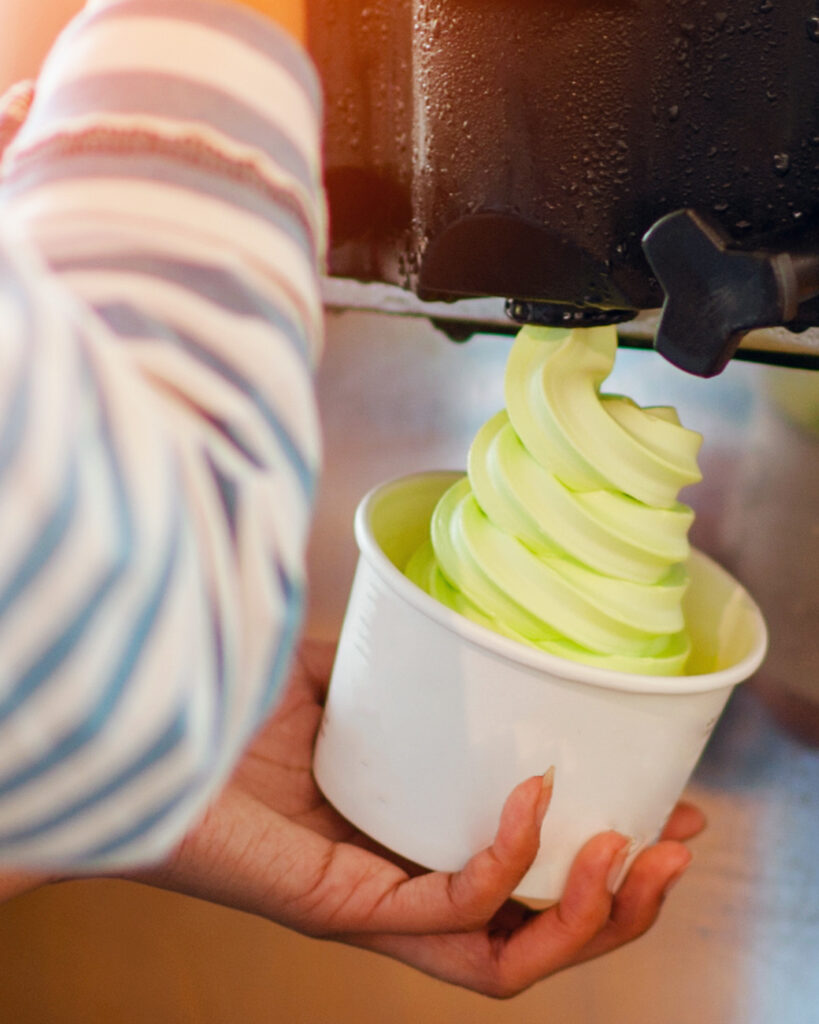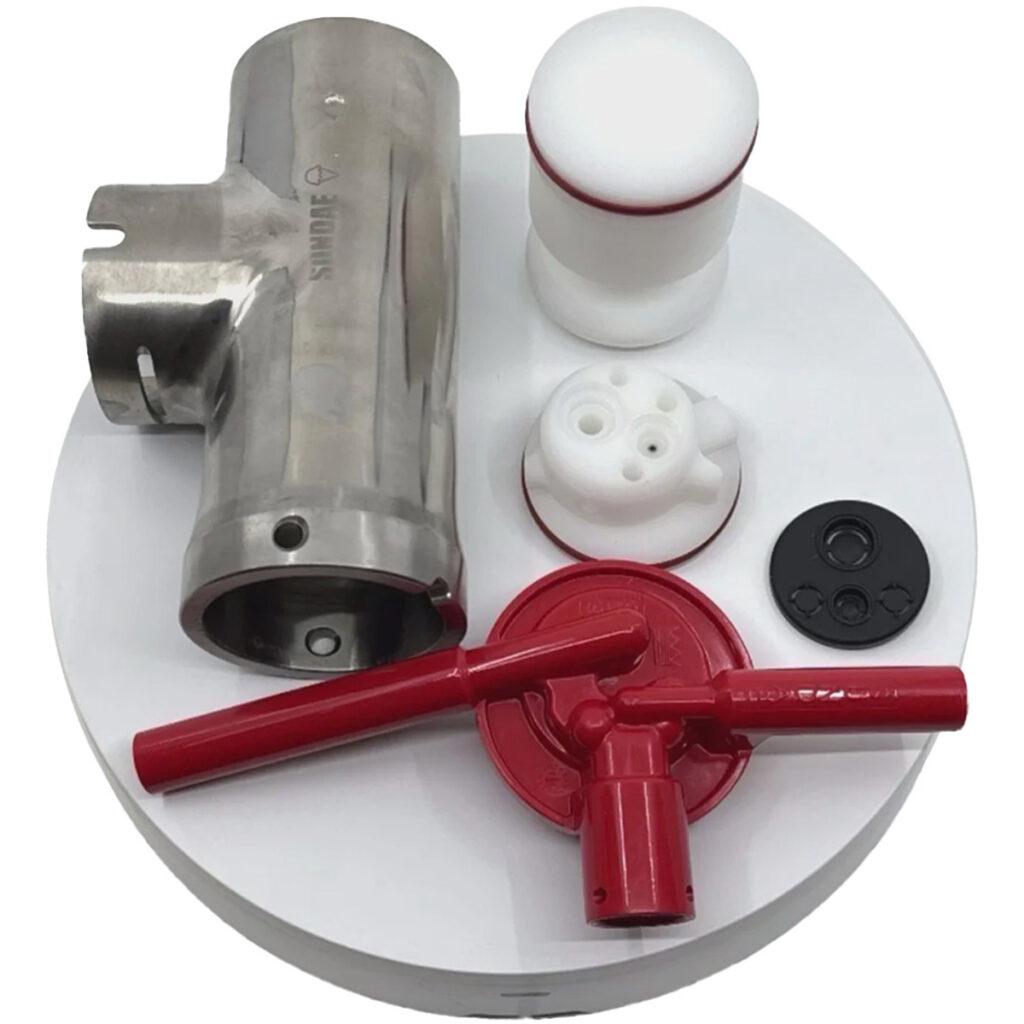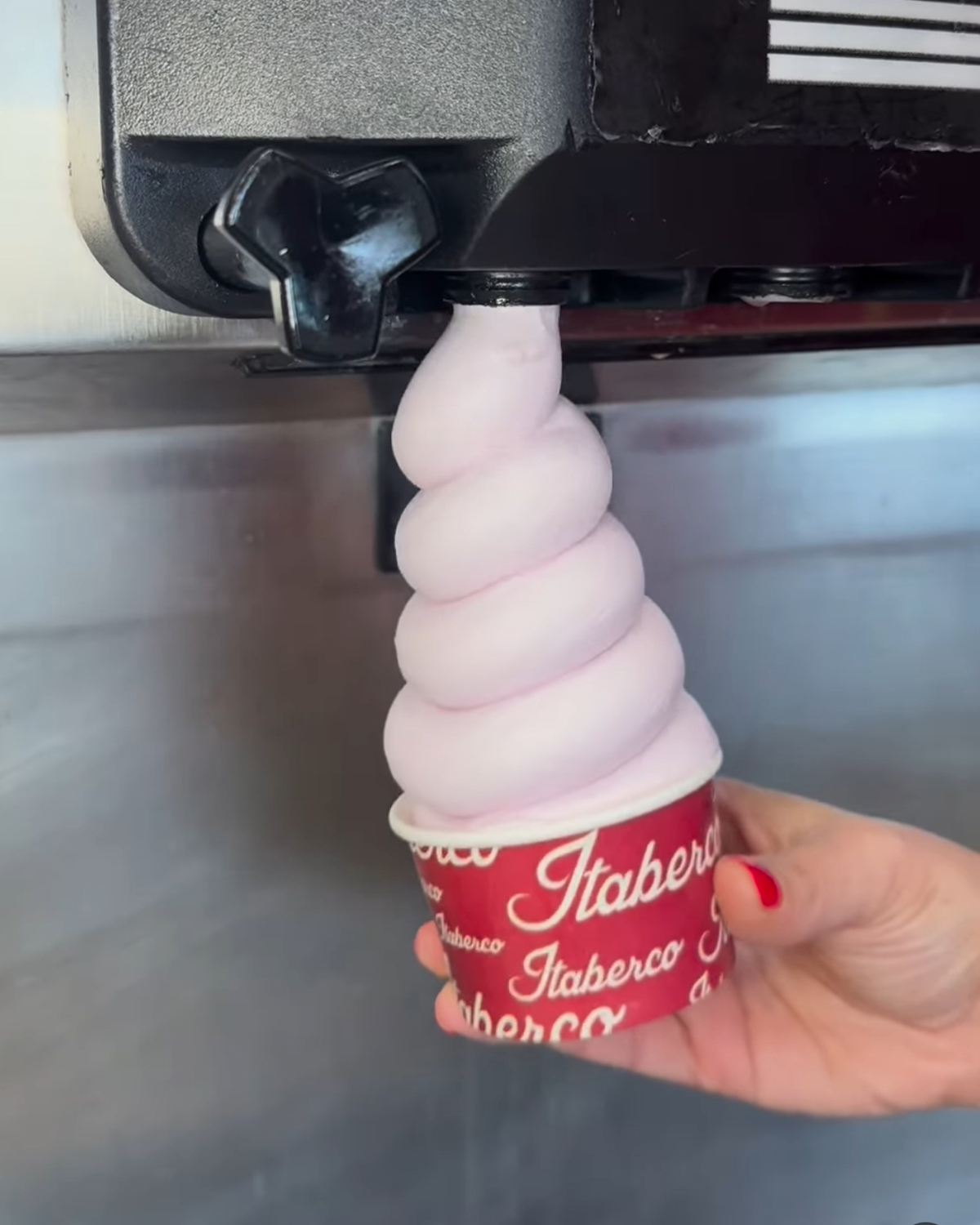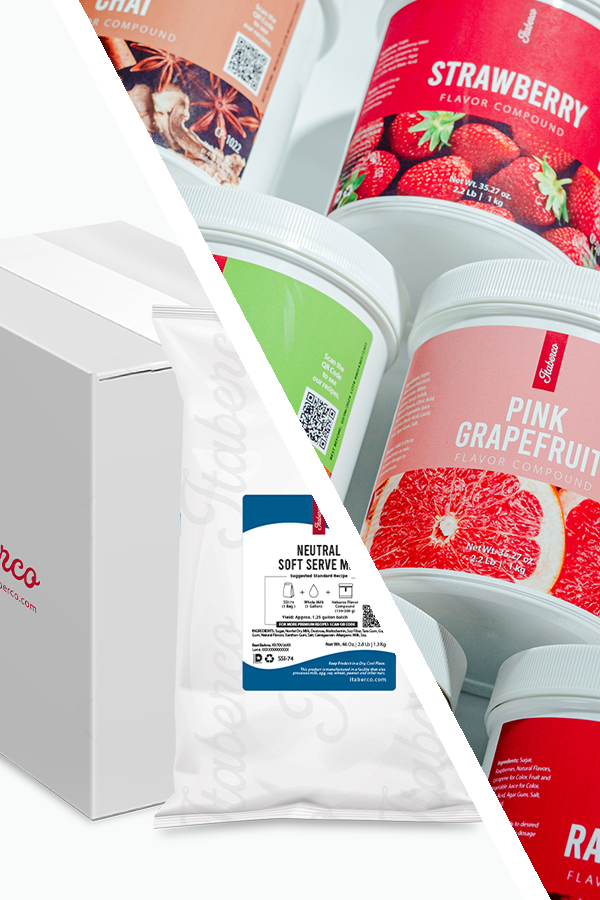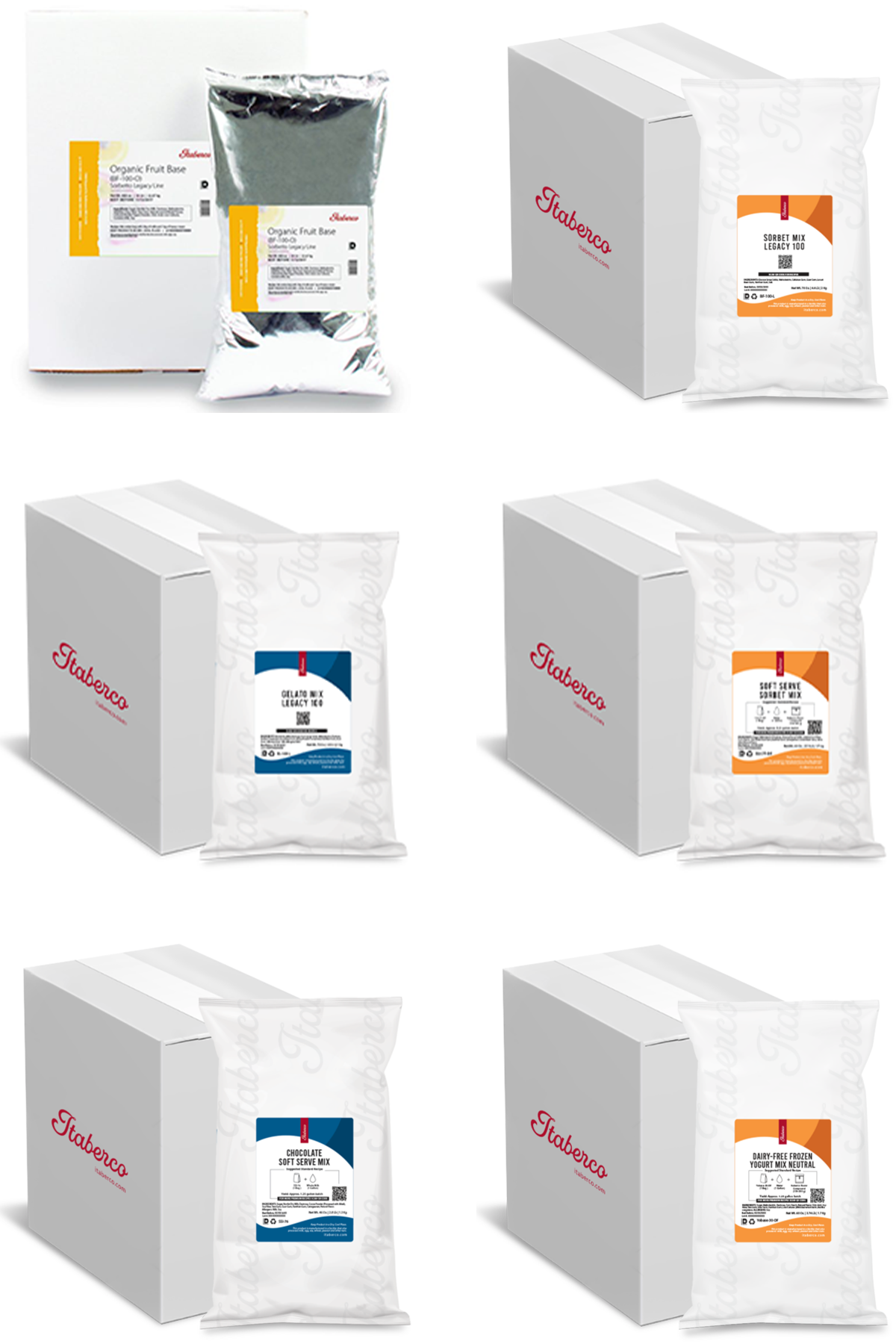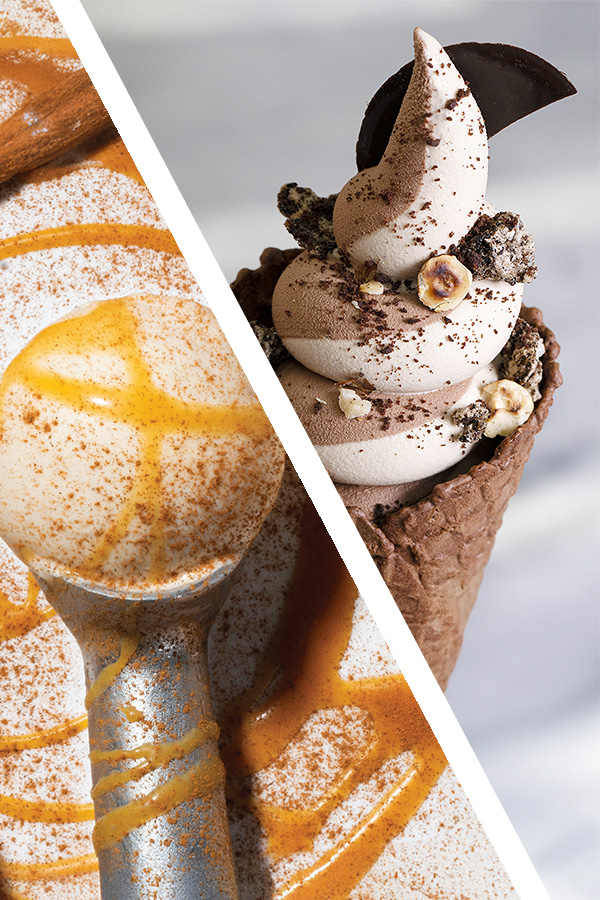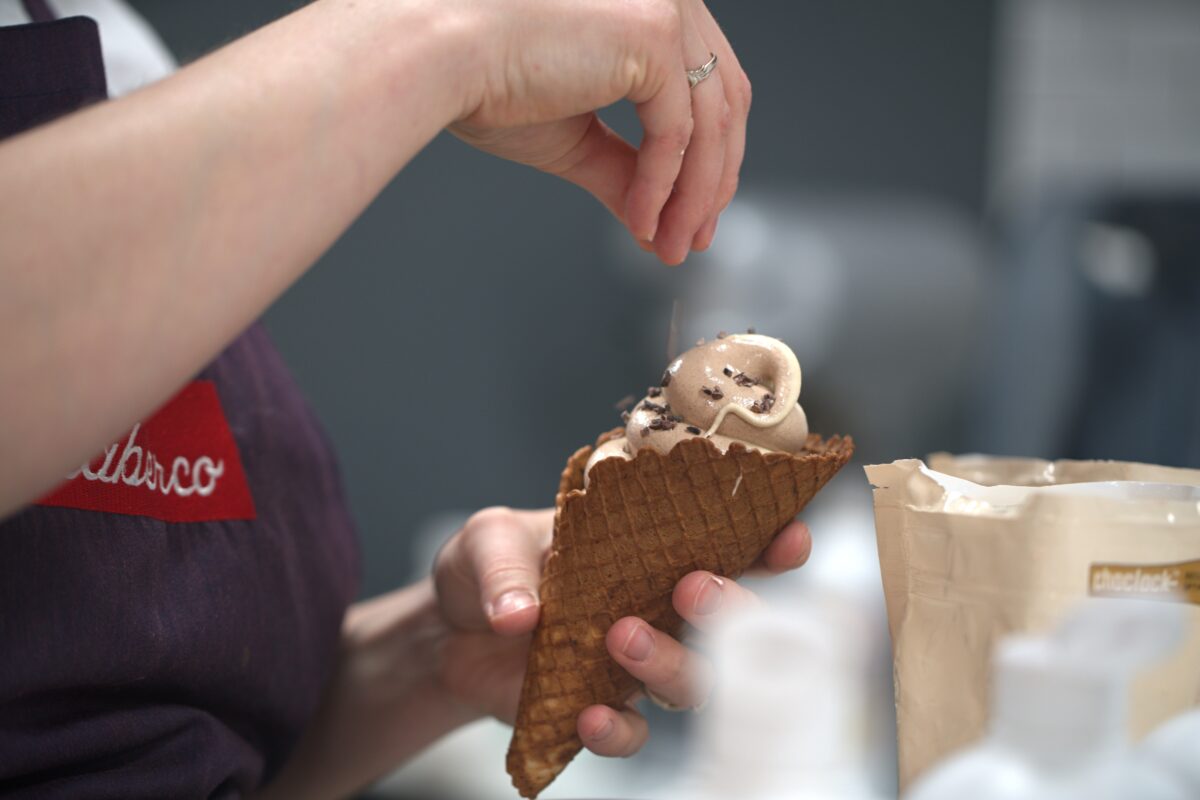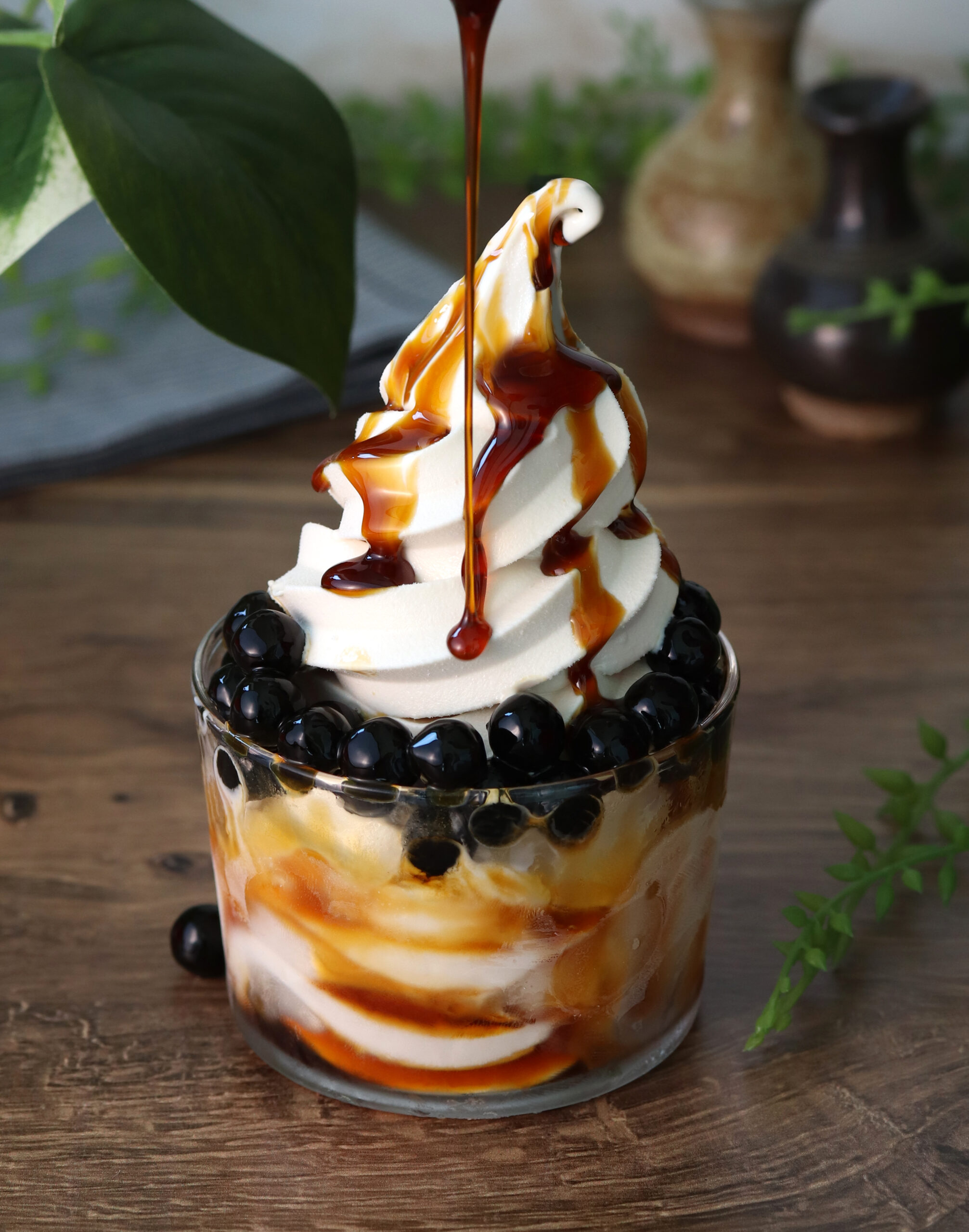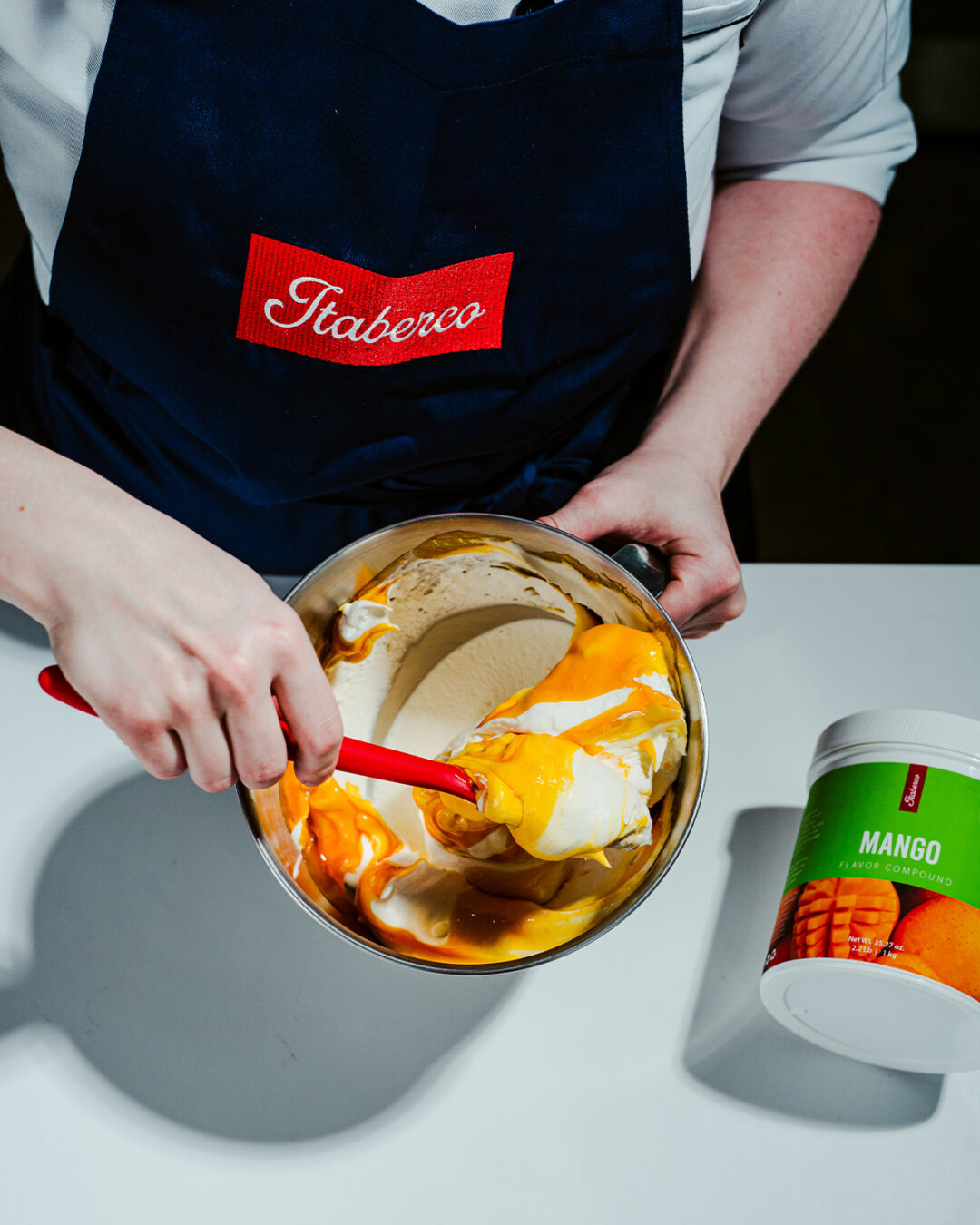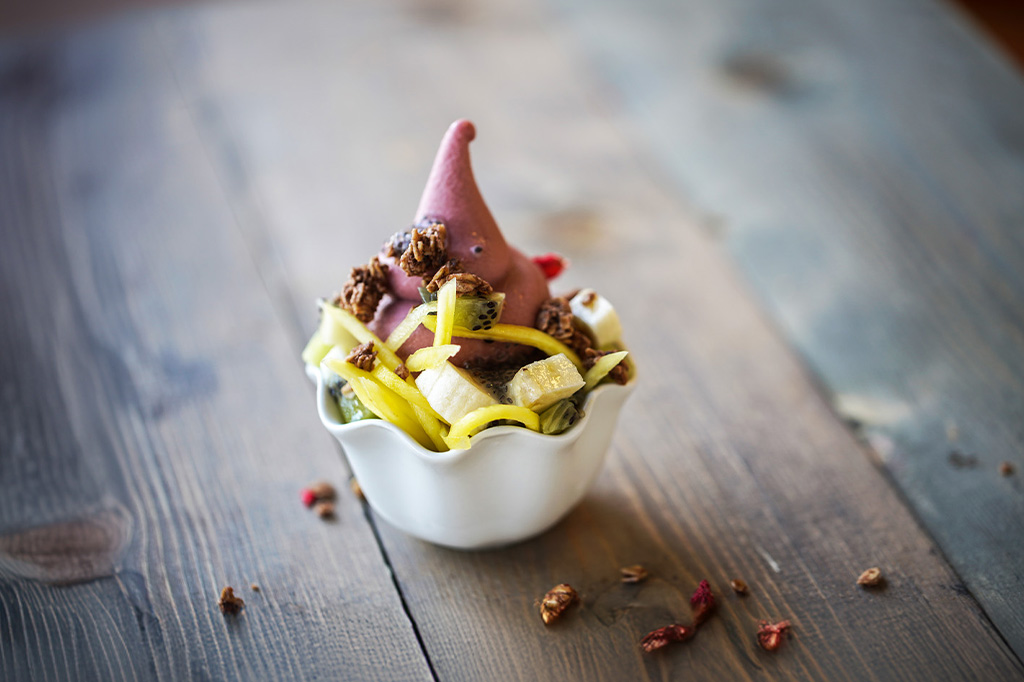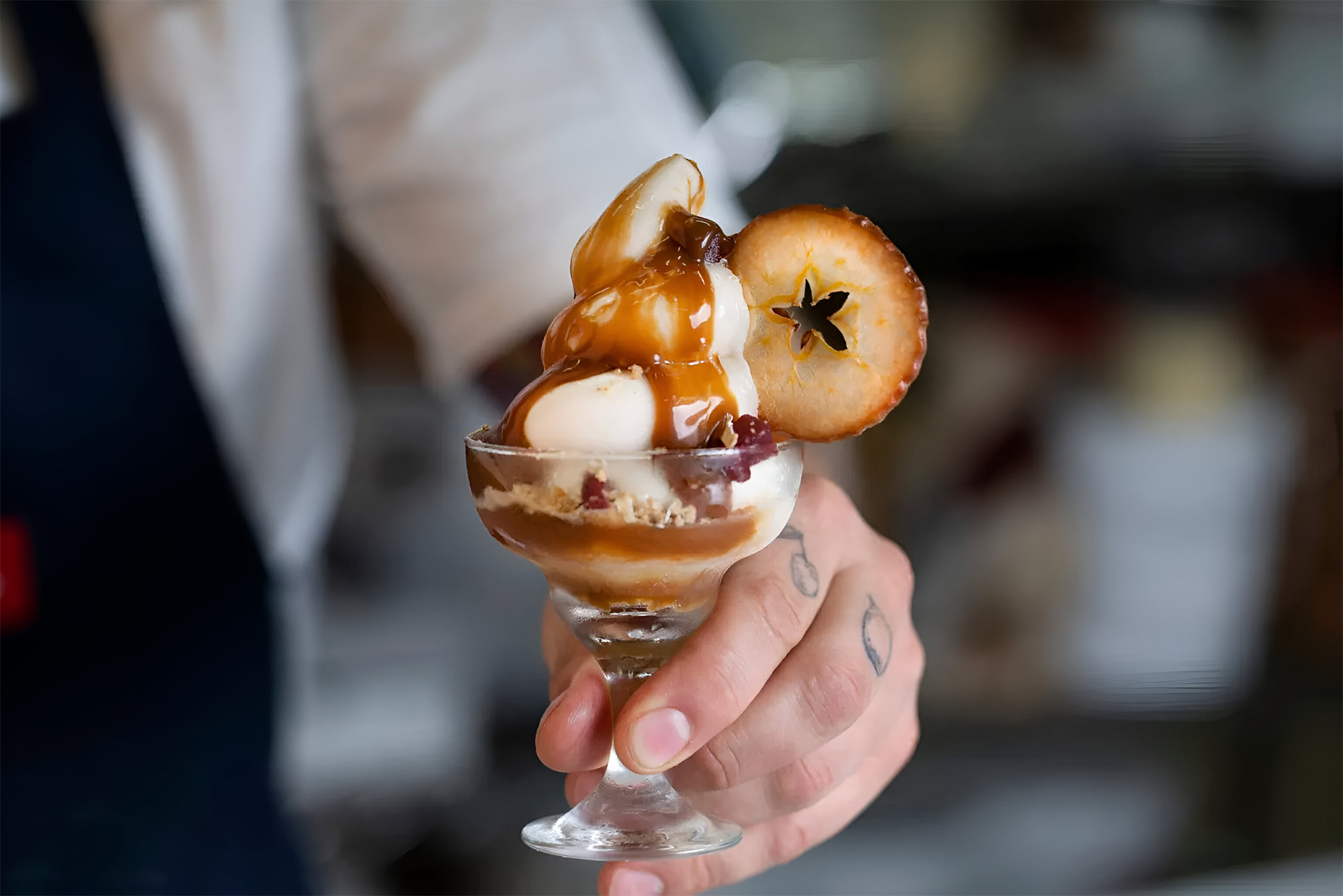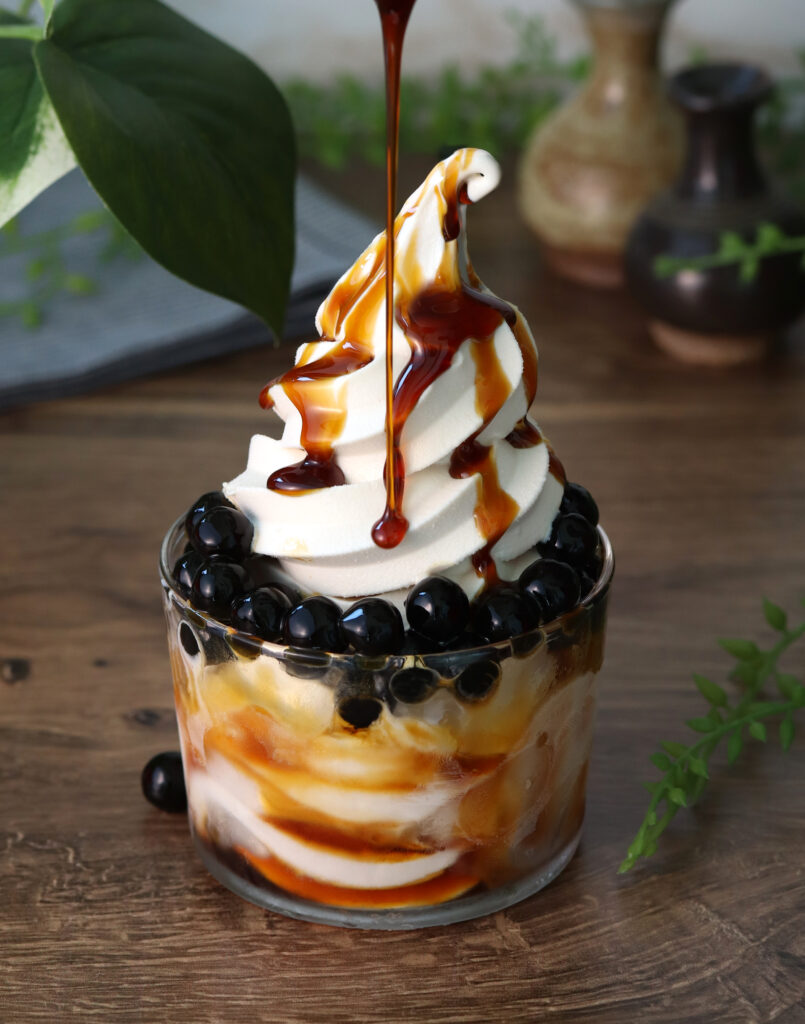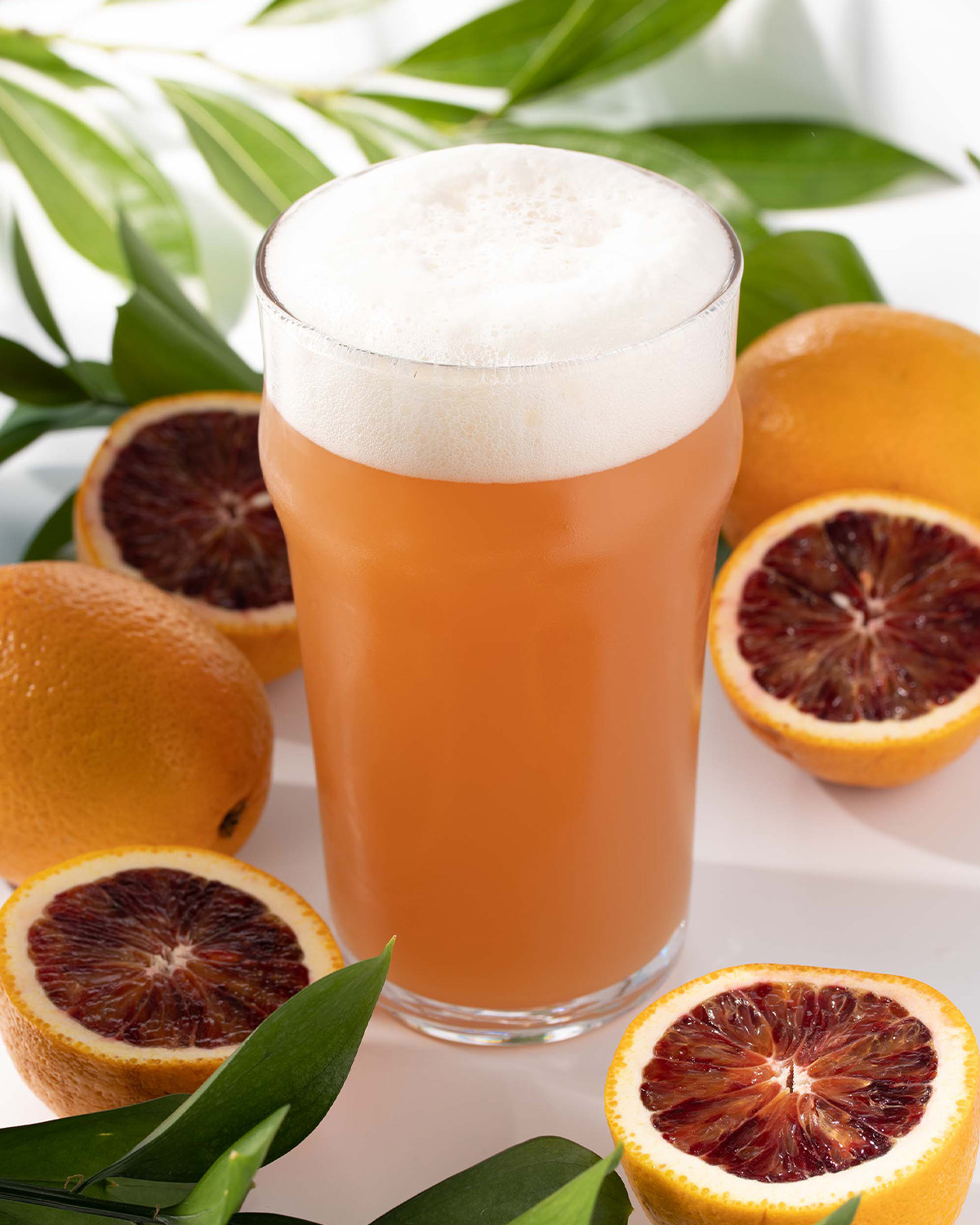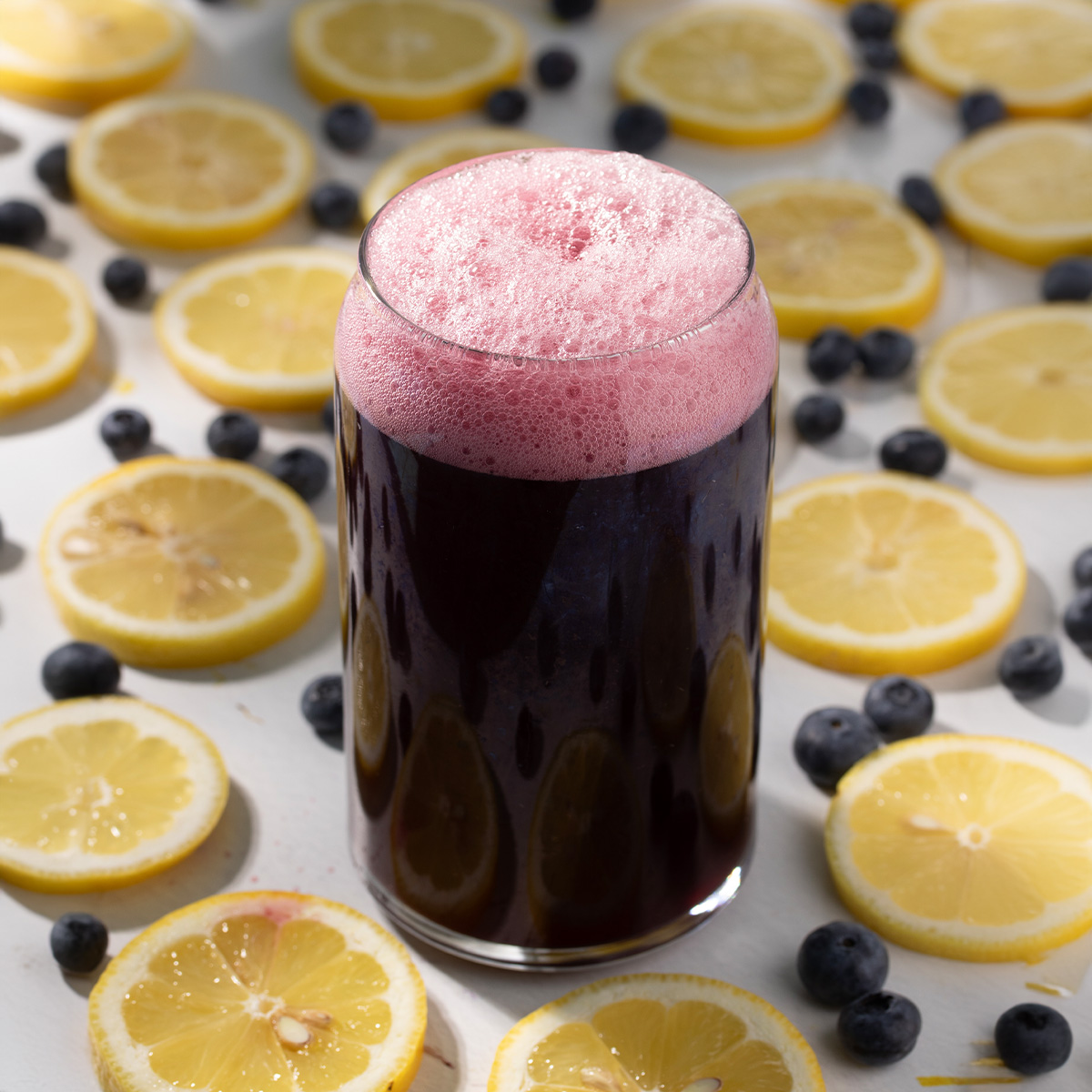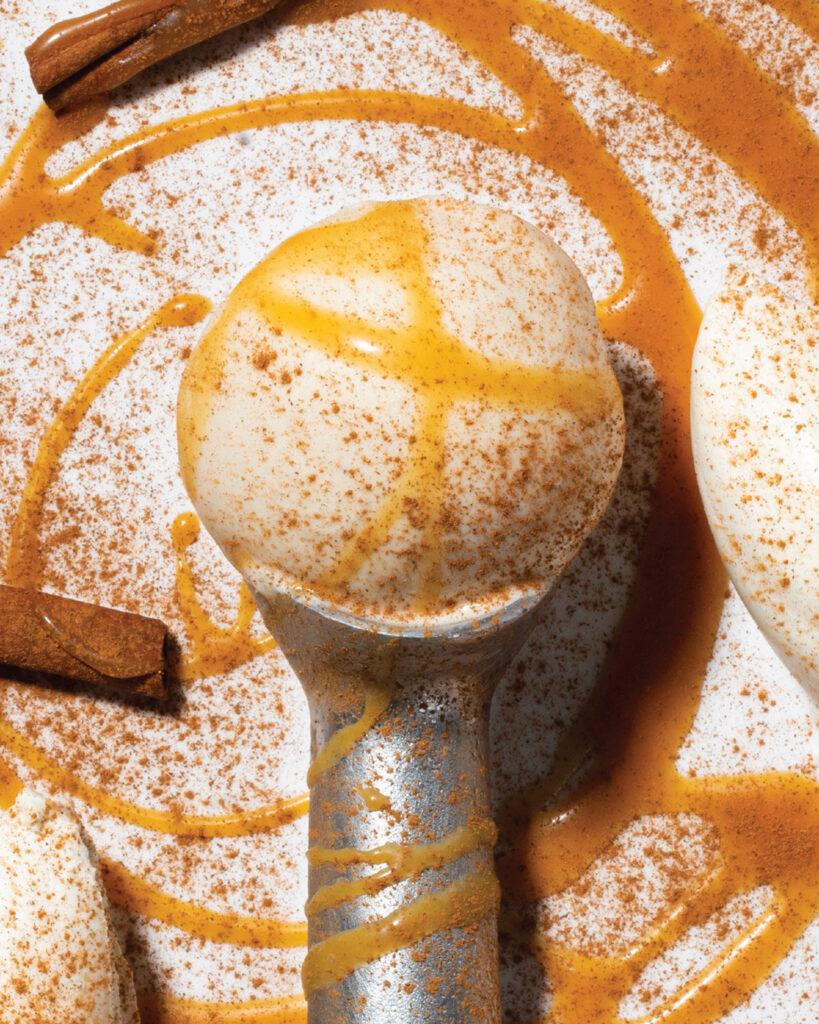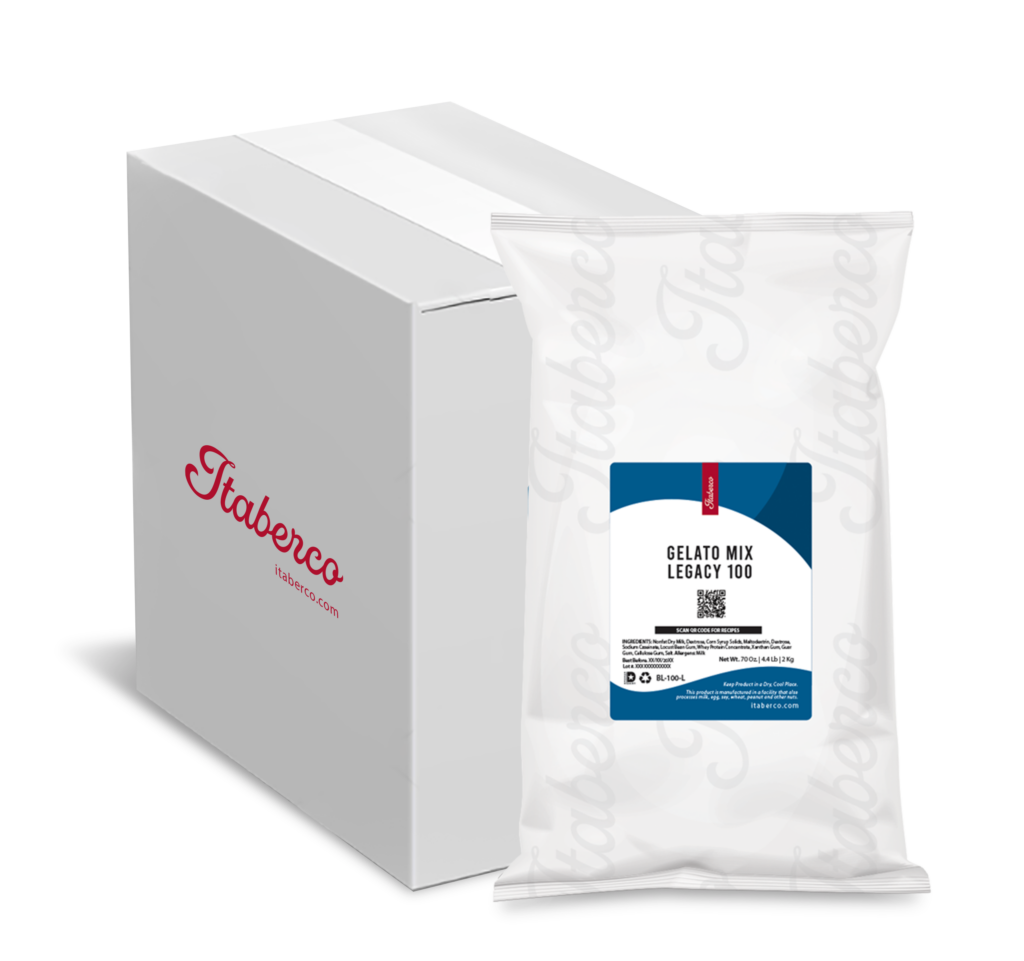Born in the USA
Soft Serve - Born in the USA
Soft serve is a symbol of summer, nostalgia, and pure American joy. Swirled into cones and memories across fairgrounds and boardwalks everywhere, it holds a special place in our hearts and history. It’s a dessert that’s distinctly American in spirit and origin—just like the Fourth of July!
As we celebrate Independence Day, we reflect not only on freedom but also on the creativity and grit that have shaped our country’s greatest stories. America was built by dreamers and doers: people who dared to take a good idea and build something lasting. That spirit lives on in countless American-made stories, including ours.
Itaberco was founded on old-world craftsmanship and found its heartbeat in the U.S., where the vision of bringing European flavor artistry to American kitchens came to life.
So grab a cone, cue the Springsteen, and settle in as we explore the frosty origins of soft serve and the flavorful path that brought Itaberco from Northern Italy to the heart of American manufacturing.

The Origins of Soft Serve
Soft serve is a dessert that was shaped by a mix of experimentation and a touch of luck.
The most famous origin story begins in 1934 with Tom Carvel, who was selling ice cream from a truck in Hartsdale, New York. When his truck suffered a flat tire over Memorial Day weekend, Carvel was forced to sell his melting product from a parking lot. Customers loved the texture of the semi-melted ice cream and Carvel recognized an opportunity. Two years later, he patented a low-temperature ice cream machine and opened the first Carvel shop, helping to usher in a whole new category of frozen dessert.
Not long after, in 1938, Dairy Queen co-founder J.F. McCullough and his son Alex began testing their own “softer” version of ice cream in Kankakee, Illinois. Their first trial run was a massive hit with over 1,600 servings sold in two hours. They opened the first Dairy Queen store in 1940, spreading soft serve across small-town America with lightning speed.
Although Carvel and Dairy Queen had slightly different approaches, both helped make soft serve a national phenomenon. It wasn’t just about the ice cream—it was about accessibility, consistency, and fun. With lower butterfat content and a higher air volume (known as overrun), soft serve had a lighter texture and was easier to serve quickly, making it perfect for fast-growing drive-ins and roadside stands during the boom years of mid-century Americana.

Itaberco’s Journey from Northern Italy to Baltimore
Itaberco’s roots trace back to Northern Italy, where Armenian founder Boris was first introduced to the craft of gelato and sorbetto. With a deep respect for true artisan craftmanship, Boris carried his expertise to the U.S. with a dream: bring European-quality ingredients to the American foodservice market.
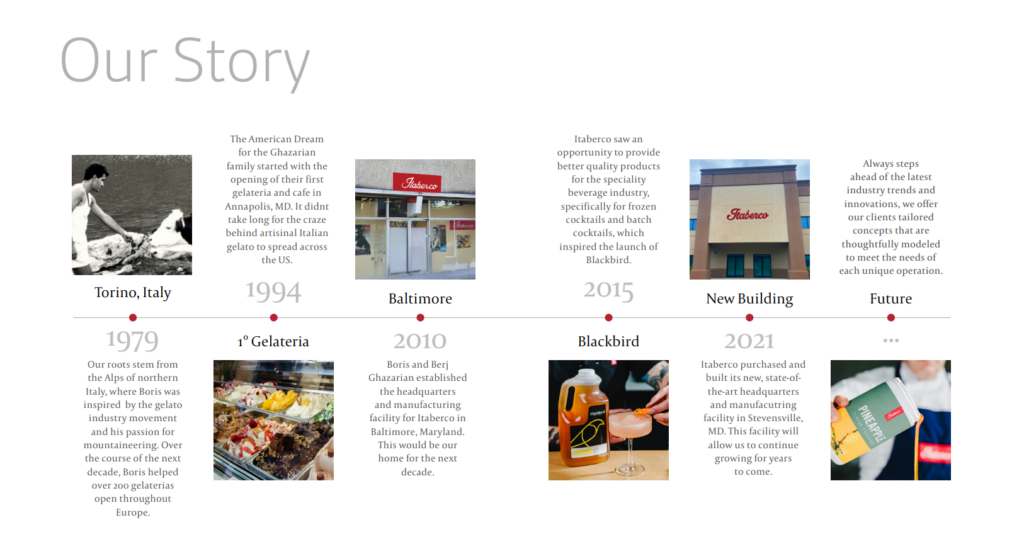
Why Itaberco Chose the U.S.
By the early 2000s, the Ghazarian family Itaberco shifted from producing and importing from Europe to full U.S. production to better serve the growing North American market.
In 2010, Itaberco officially opened its first production facility in Baltimore, Maryland, starting with a humble five-gallon kettle and a small, passionate team. What began as a small-batch operation evolved into a full-scale, American-made manufacturing enterprise without ever compromising its commitment to quality or creativity.

That evolution mirrors so much of what defines American entrepreneurship. And Itaberco’s team felt those values most during the COVID-19 pandemic. While the foodservice world was upended, Itaberco doubled down to support staff, stay local, and keep operations moving. For Company President Berj, being an American manufacturer wasn’t just strategic, it was personal. It meant agility, accountability, and a deeper connection to the community Itaberco serves.
For CEO Berj, being an American manufacturer wasn’t just strategic, it was personal. It meant agility, accountability, and a deeper connection to the community Itaberco serves.
One example? The Cherry Blossom flavor compound, developed specifically for the D.C. festival season. Thanks to domestic production, Itaberco could launch, test, and scale it quickly—something that wouldn’t have been possible if they were still importing from overseas.
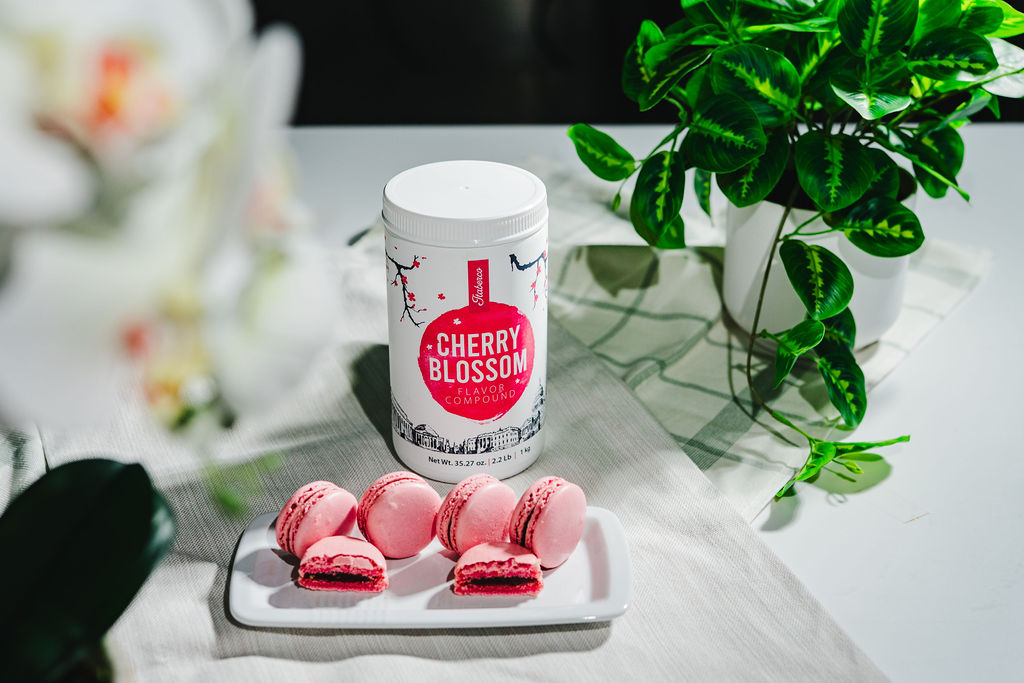
Serving the American Palate
Today’s American palate is as diverse and dynamic as the country itself, and Itaberco designs with that in mind. The team expertly balances classic Americana flavors like carrot cake, key lime pie, and birthday cake, with globally inspired favorites like ube, yuzu, sakura, and chai.
Ask Itaberco President Berj his go-to dessert, and he doesn’t hesitate:
“Soft serve is very much an American creation. It’s my favorite frozen dessert and in my opinion, is very underrated. I’m also a huge fan of American desserts like carrot cake, and I believe our team did a phenomenal job with our carrot cake flavor compound. If I had to pick one go-to dessert, it would be our soft serve mix with our carrot cake flavor compound.”
Itaberco’s work extends beyond flavor into function as well. In a high-pressure kitchen environment, innovation means making gourmet quality achievable for any team member, plus the ability to replicate it at scale. Itaberco’s frozen dessert premixes are designed for speed, consistency, and excellence. We use familiar measurements like cups, ounces, and gallons instead of grams and liters. That means chefs can follow recipes more intuitively, often adding ingredients like milk by the gallon without needing conversions or guesswork.
Why U.S. Manufacturing Matters More Than Ever

In addition to manufacturing in the U.S. providing more speed and flexibility, it also ensures Itaberco’s adherence to the country’s highest food safety and regulatory standards. From industry-leading kosher certification to using natural colorings in light of new ingredient bans, Itaberco is built to meet American expectations from the inside out.
The U.S. market also opens up unique industry opportunities. For example, many of Itaberco’s flavor compounds are TTB-certified, making them eligible for use in the booming American craft brewing industry, where creativity knows no bounds.
Whether it’s helping a pastry chef simplify service, a brewery craft the next seasonal release, or a restaurant launch a limited-time dessert, Itaberco’s ability to manufacture domestically offers trust, agility, and long-term value.
At a time when global supply chains remain unpredictable, American manufacturing is practical as much as it is patriotic. And for Itaberco, it’s a point of pride.
Being an American manufacturer is one of the main reasons why I’m motivated to continue doing what we’re doing. I am very proud that regardless of politics of whatever’s going on. It doesn’t change how I feel, especially as a first generation American Armenian.”
– Berj Ghazarian, President, Itaberco
From One American Original to Another
Soft serve may have started as a happy accident, but it quickly became a symbol of American creativity—simple, joyful, and made to share. Itaberco, too, embodies that same spirit: blending old-world craftsmanship with bold, forward-thinking innovation, all proudly made in the USA.
Celebrate this Fourth of July with a dessert that’s as American as fireworks and front porches. We’ll help you delight your customers with a soft serve menu that will keep them coming back for more!




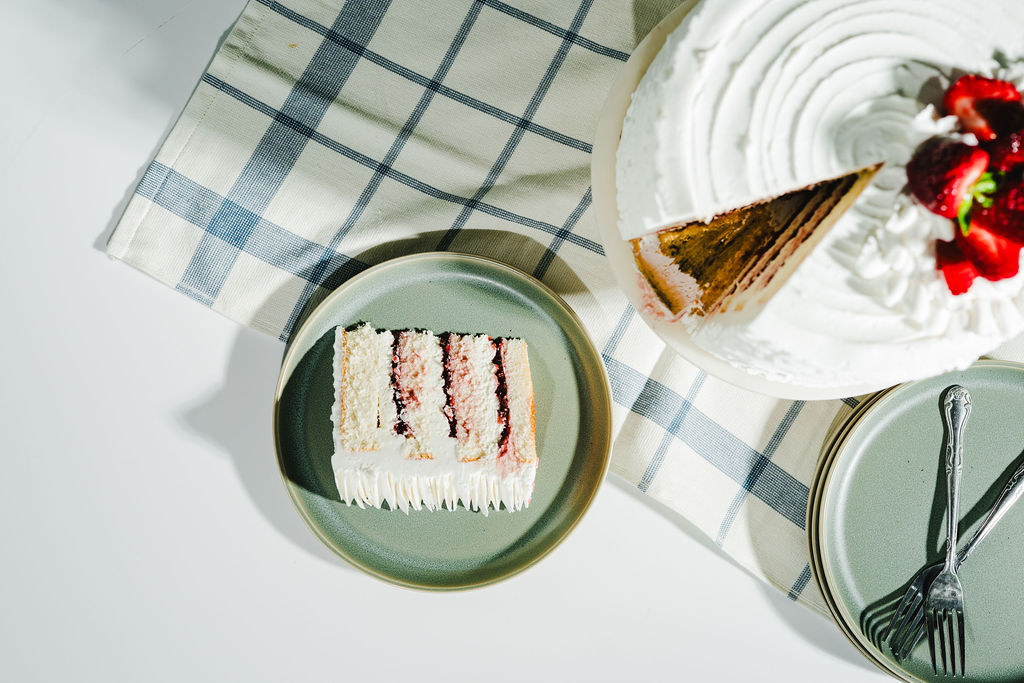

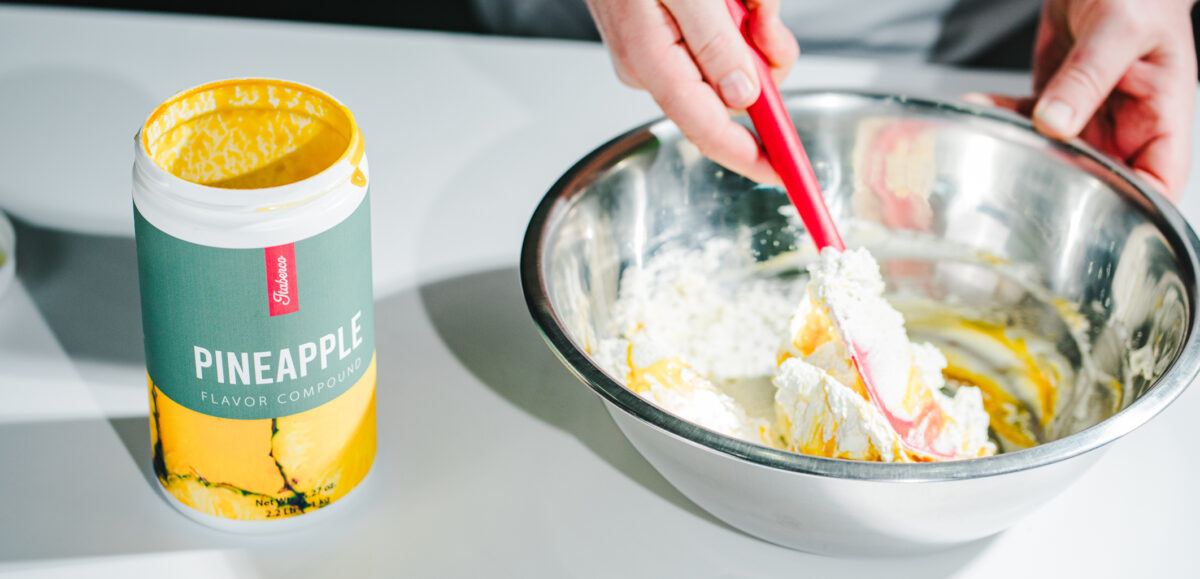







![Pineapple Spotlight Blog Post_2025 [Recovered]-03 SWEET: Naturally complementary flavorsfor dessert-forward profiles: • Mango • Coconut • Banana • Honey](https://itaberco.com/wp-content/uploads/2025/06/Pineapple-Spotlight-Blog-Post_2025-Recovered-03.jpg)
![Pineapple Spotlight Blog Post_2025 [Recovered]-04 TANGY: Bright, zesty companions for layeredor refreshing applications: • Passion Fruit • Lime • Orange • Honey](https://itaberco.com/wp-content/uploads/2025/06/Pineapple-Spotlight-Blog-Post_2025-Recovered-04.jpg)
![Pineapple Spotlight Blog Post_2025 [Recovered]-05 SPICY: Turn up the heat with bold contrastand complexity: • Jalapeño • Ginger • Chili](https://itaberco.com/wp-content/uploads/2025/06/Pineapple-Spotlight-Blog-Post_2025-Recovered-05.jpg)
